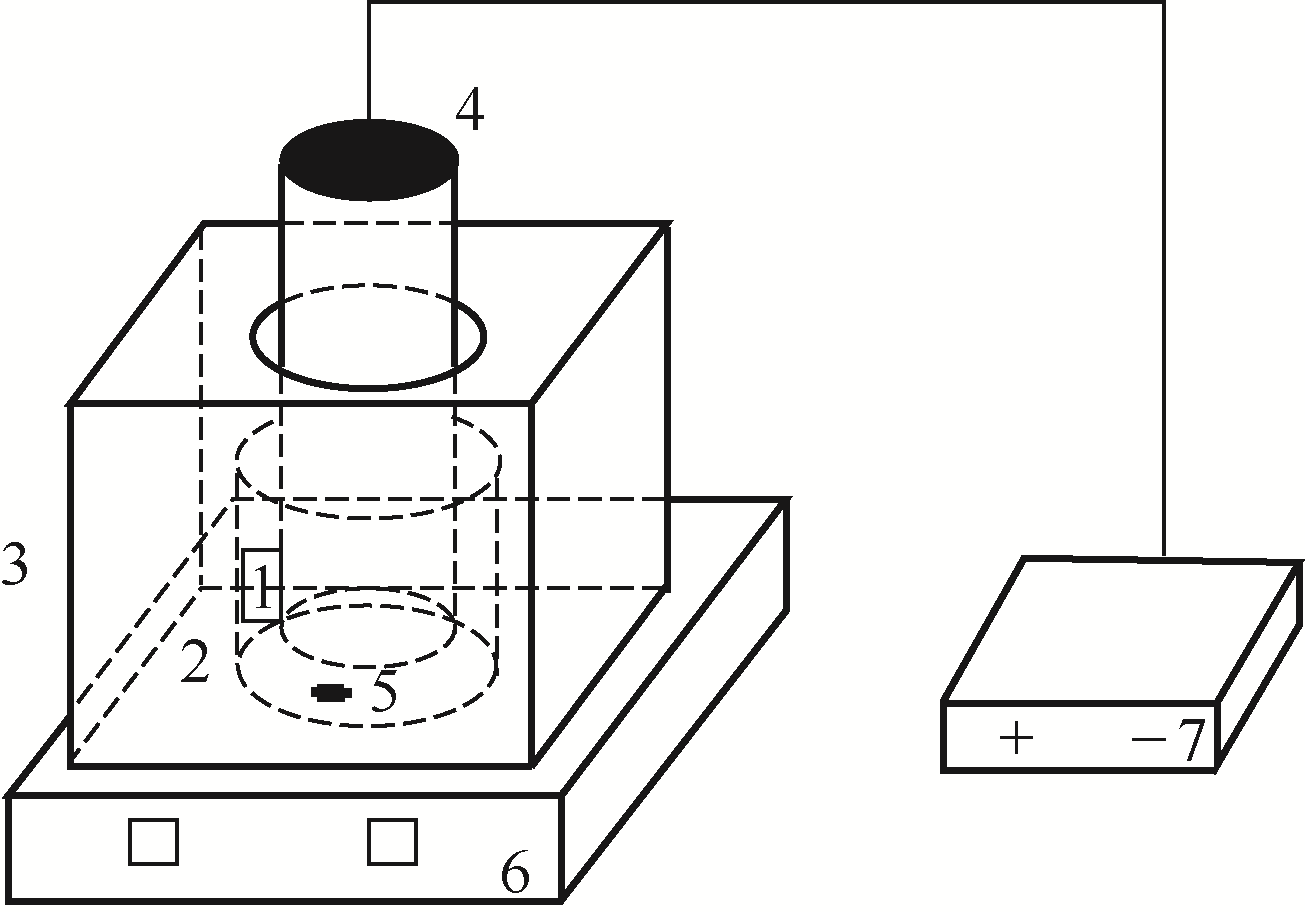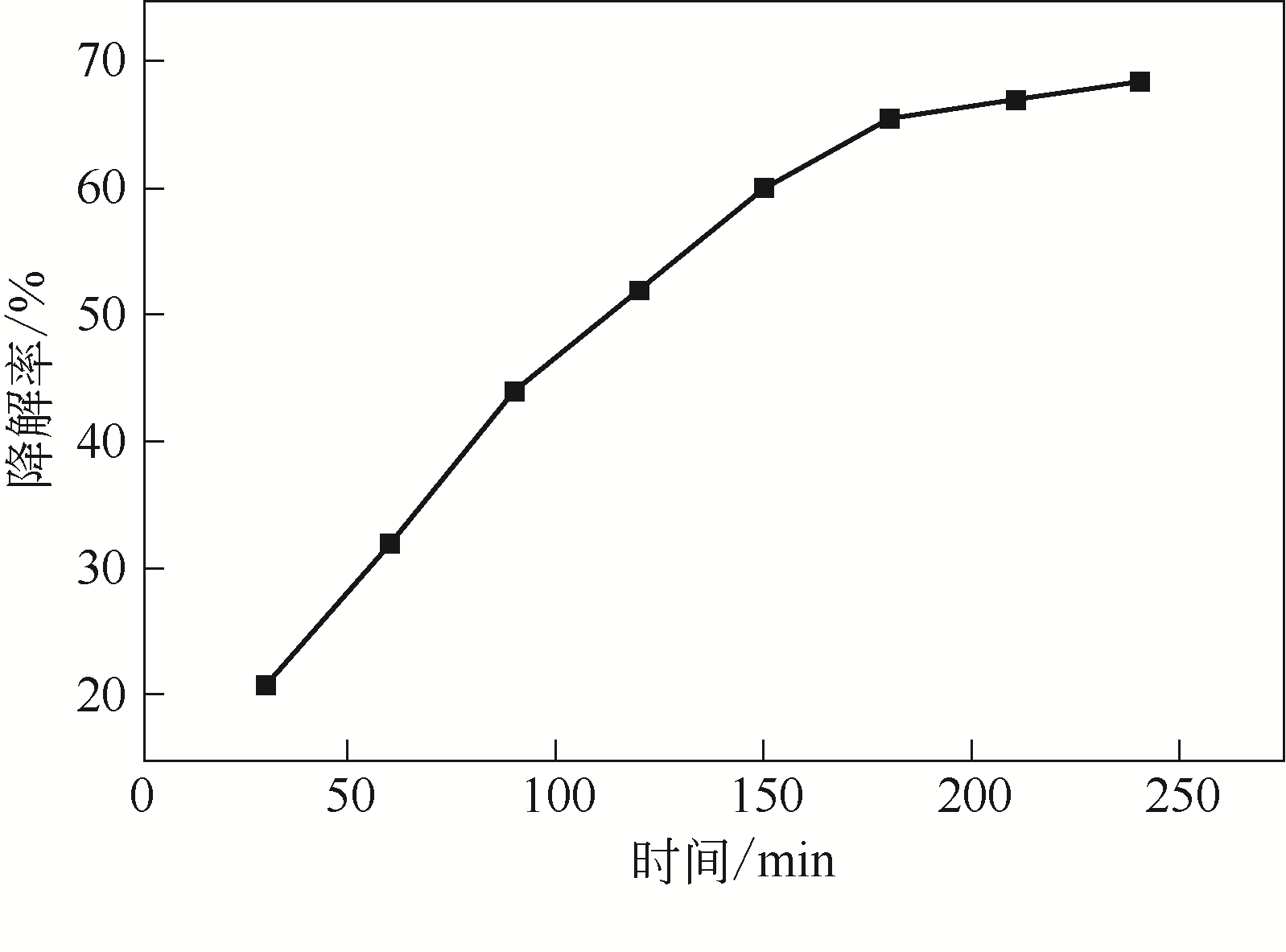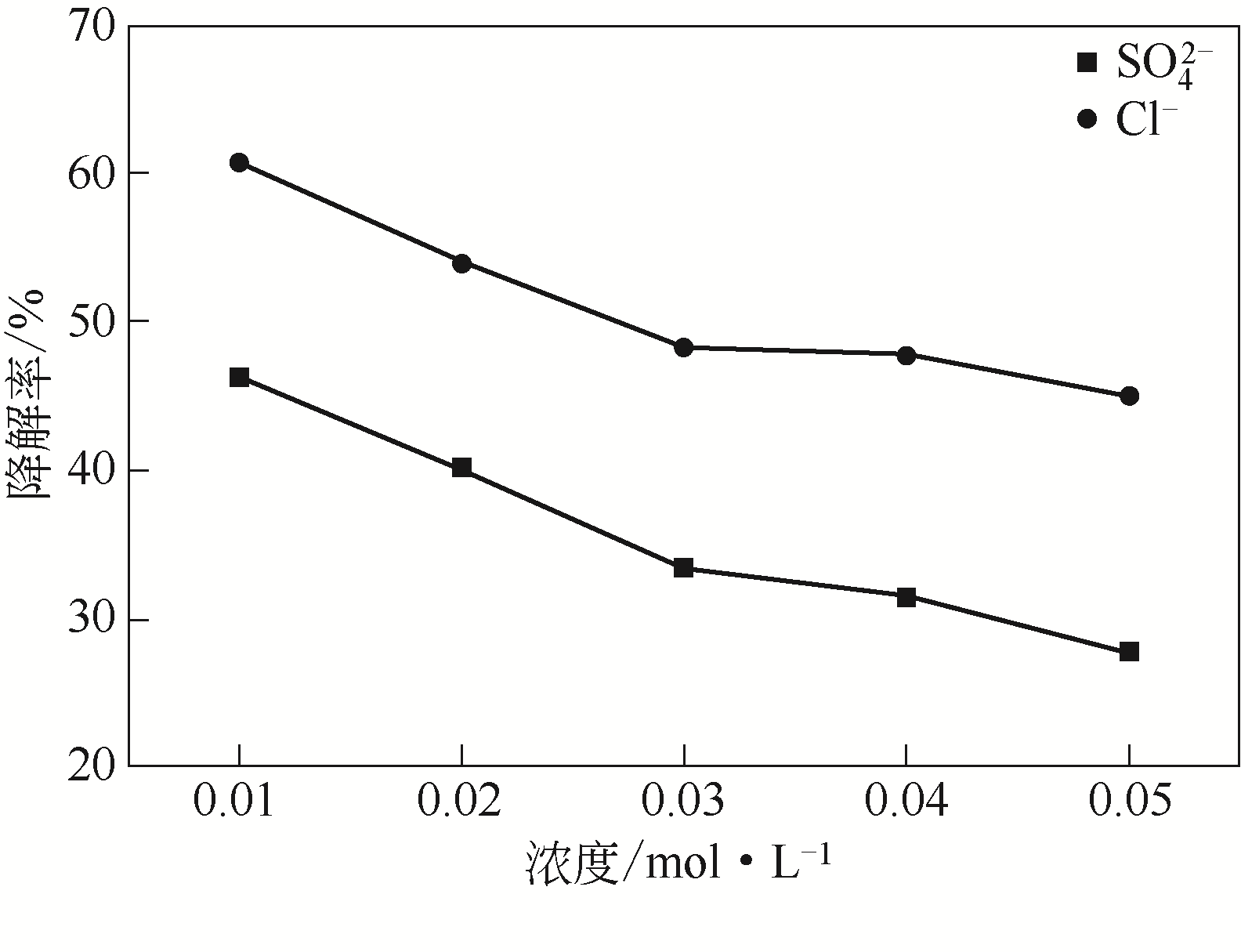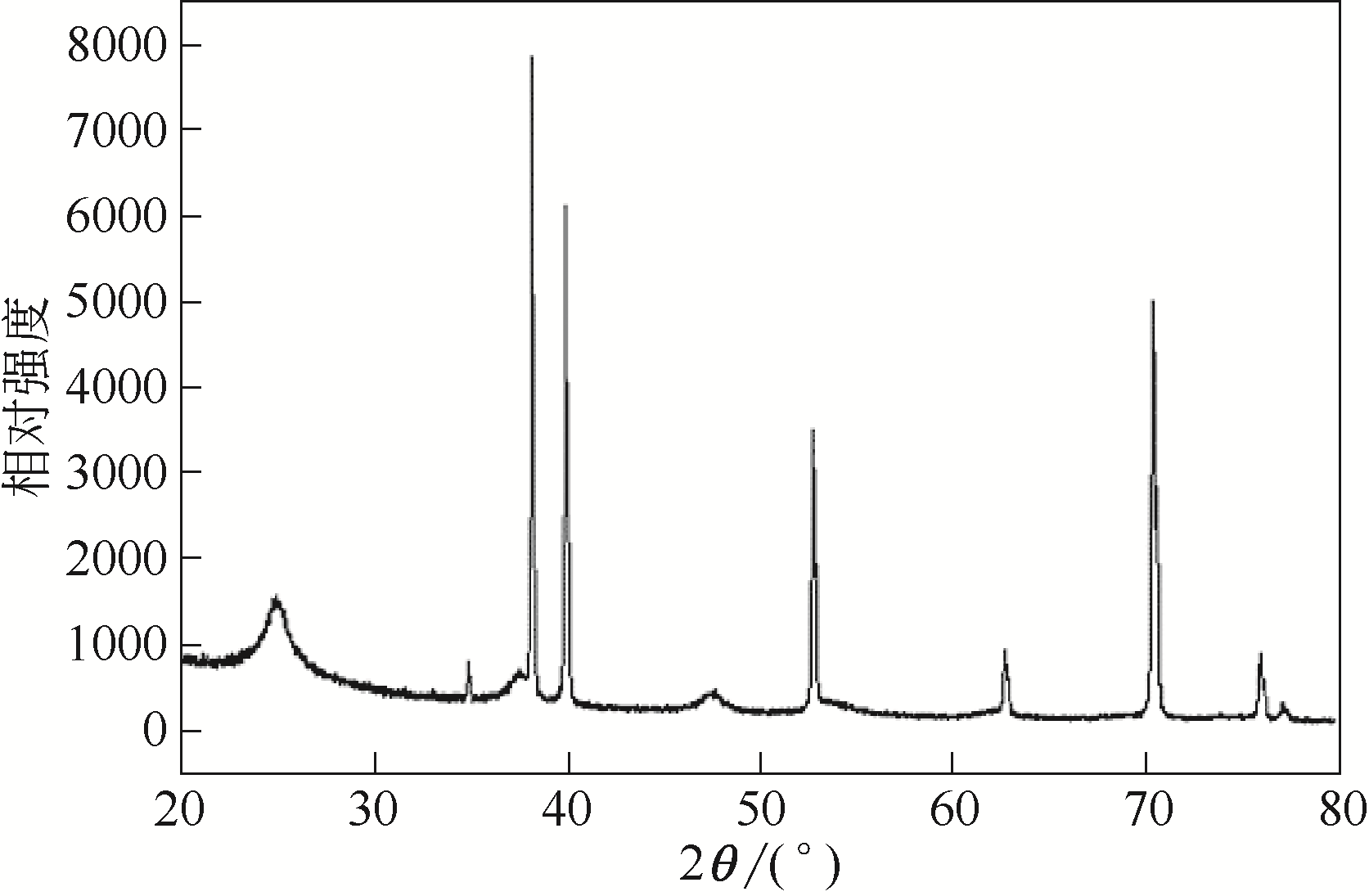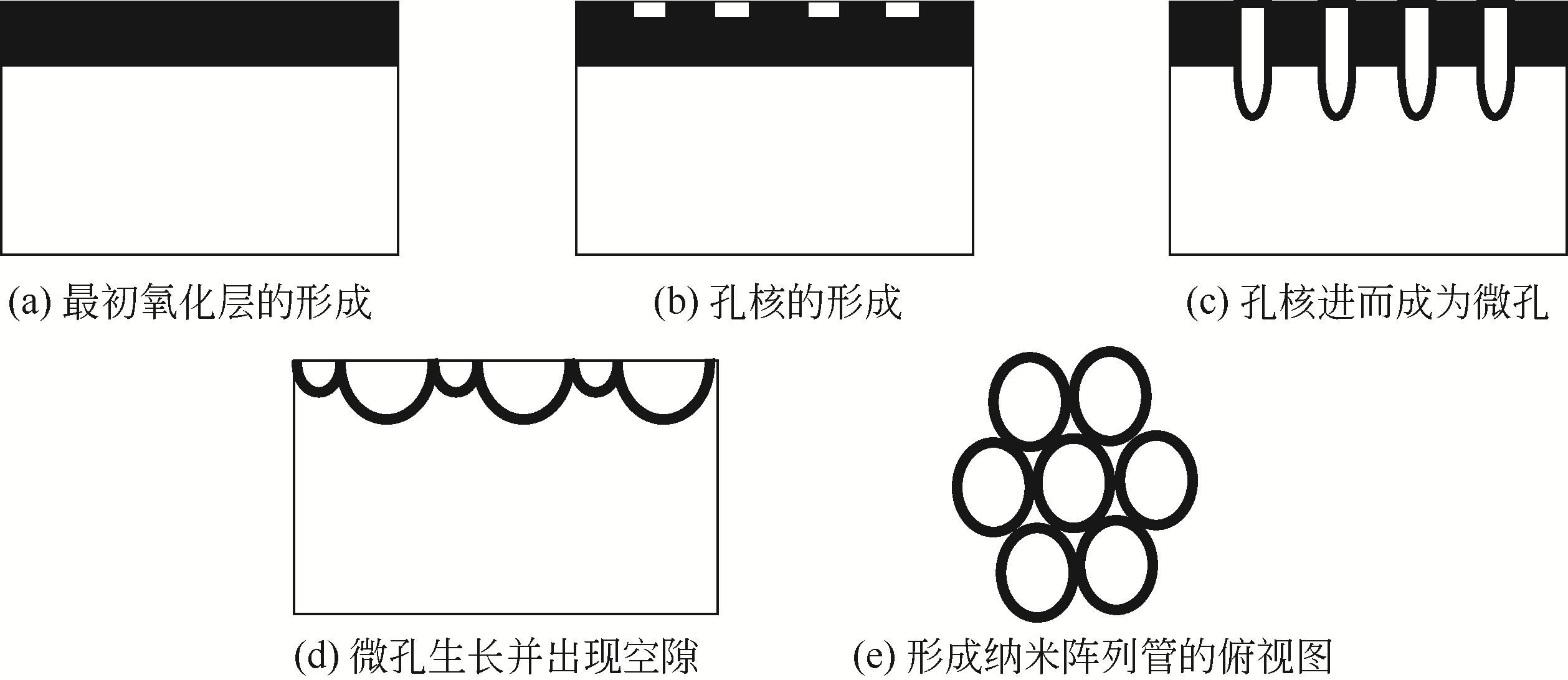| 1 |
LAI Y,SUN L,CHEN Y,et al.Effects of the structure of TiO2 nanotube array on Ti substrate on its photocatalytic activity[J].Journal of the Electrochemical Society,2006,153(7):D123-D127.
|
| 2 |
NAKATA K,FUJISHIMA A.TiO2 photocatalysis: design and applications[J].Journal of Photochemistry and Photobiology C: Photochemistry Reviews,2012,13(3):169-189.
|
| 3 |
CAREY J H,LAWRENCE J,TOSINE H M.Photodechlorination of PCB’s in the presence of titanium dioxide in aqueous suspensions[J].Bulletin of Environmental Contamination and Toxicology,1976,16(6):697-701.
|
| 4 |
AKPAN U G,HAMEED B H.Parameters affecting the photocatalytic degradation of dyes using TiO2-based photocatalysts: a review[J].Journal of Hazardous Materials,2009,170(2/3):520-529.
|
| 5 |
张文海,吉庆华,兰华春,等.ZnTiO3-TiO2复合光催化剂的制备及光催化降解有机污染物机制分析[J].环境科学,2019,40(2):693-700.
|
|
ZHANG W H,JI Q H,LAN H C,et al.Preparation of ZnTiO3/TiO2 photocatalyst and its mechanism on photocatalytic degradation of organic pollutants[J].Environmental Science,2019,40(2):693-700.
|
| 6 |
MENENDEZ R,ALVAREZ P,BOTAS C,et al.Self-organized amorphous titania nanotubes with deposited graphene film like a new heterostructured electrode for lithium ion batteries[J].Journal of Power Sources,2014,248:886-893.
|
| 7 |
LIU J,LIU Z,ZHANG T,et al.Low-temperature crystallization of anodized TiO2 nanotubes at the solid-gas interface and their photoelectrochemical properties[J].Nanoscale,2013,5(13):6139-6144.
|
| 8 |
MOR G K,VARGHESE O K,WILKE R H T,et al.p-Type Cu-Ti-O nanotube arrays and their use in self-biased heterojunction photoelectrochemical diodes for hydrogen generation[J].Nano Letters,2008,8(7):1906-1911.
|
| 9 |
KIM D,GHICOY A,ALBU S P,et al.Bamboo-type TiO2 nanotubes: improved conversion efficiency in dye-sensitized solar cells[J].Journal of the American Chemical Society,2008,130(49):16454-16455.
|
| 10 |
ALLAM N K,SHANKAR K,GRIMES C A.A general method for the anodic formation of crystalline metal oxide nanotube arrays without the use of thermal annealing[J].Advanced Materials,2008,20(20):3942-3946.
|
| 11 |
JOHN S E,MOHAPATRA S K,MISRA M.Double-wall anodic titania nanotube arrays for water photooxidation[J].Langmuir,2009,25(14):8240-8247.
|
| 12 |
任学昌,张国珍,朱亚敏,等.水体中常见无机阴离子对TiO2薄膜光催化还原Cr(Ⅵ)的影响[J].环境化学,2009,28(6):829-831.
|
|
REN X C,ZHANG G Z,ZHU Y M,et al.Effects of inorganic anions on photocatalytic reduction of chromium(Ⅵ) over TiO2 thin films[J].Environmental Chemistry,2009,28(6):829-832.
|
| 13 |
吴悦,吴纯德.不同阴离子下纳米 TiO2催化臭氧化对溴酸盐生成的影响[J].环境工程学报,2017,11(2):755-759.
|
|
WU Y,WU C D.Effects of different anions on bromate formation under the nano-TiO2 catalytic ozonation process[J].Chinese Journal of Environmental Engineering,2017,11(2):755-759.
|
| 14 |
SU Z,ZHOU W.Formation, morphology control and applications of anodic TiO2 nanotube arrays[J].Journal of Materials Chemistry,2011,21(25):8955-8970.
|
| 15 |
LECLERE D J,VELOTA A,SKELDON P,et al.Tracer investigation of pore formation in anodic titania[J].Journal of the Electrochemical Society,2008,155(9):C487-C494.
|
| 16 |
ZHANG S,YU D,LI D,et al.Forming process of anodic TiO2 nanotubes under a preformed compact surface layer[J].Journal of the Electrochemical Society,2014,161(10):E135-E141.
|
 ),Yuliang CHEN,Zhangliang KONG,Jinming LIAO,Junfeng LIAN,Yalian HUANG
),Yuliang CHEN,Zhangliang KONG,Jinming LIAO,Junfeng LIAN,Yalian HUANG

